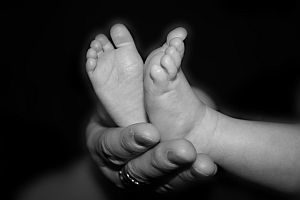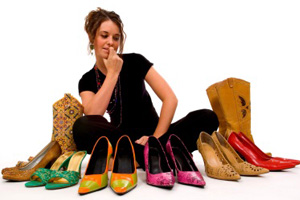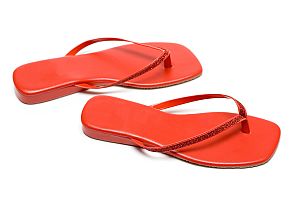Healthy Feet: Why They Matter for the Rest of Your Body
 Did you know that fully a quarter of your body’s bones are in your feet? These complex marvels of engineering by Mother Nature provide your body with a firm foundation, and are constantly in demand to help move the body from one place to another. With 19 muscles and 26 bones each, your feet are important for the balance and health of the entire body.
Did you know that fully a quarter of your body’s bones are in your feet? These complex marvels of engineering by Mother Nature provide your body with a firm foundation, and are constantly in demand to help move the body from one place to another. With 19 muscles and 26 bones each, your feet are important for the balance and health of the entire body.
Dr. Brian Jensen, a chiropractor, offers this perspective: “By age 20, an estimated 80 percent of people develop some type of foot imbalance. By age 40, foot imbalances plague virtually everyone.” If the foundation is out of balance, then the rest of the structure (the body) is thrown out of balance. Invariably, this means the ankles, knees, hips and spine are adversely affected. A misaligned spine can cause chronic pain and can increase the risk of other musculoskeletal problems.
One key way the feet can cause spinal problems is by causing an imbalance in your gait—the way you walk. If your stride is off a little, it can eventually cause the supporting structures of your spine to be subject to stress in the wrong places, eventually pulling your spine out of alignment. According to Dr. Jenson, collapsed arches (“over-pronation”) are the most common source of problems with the feet, causing them to roll inward as an individual walks. Excessive supination (“under-pronation” or the foot rolling to the outside) is the opposite problem.
Both over-pronation and under-pronation often leave telltale signs in the uneven way a person’s shoes wear over time. Typically, a shoe’s heel or sole will become noticeably more worn on either the inside or outside edge. Some pronation is normal, but when both feet pronate too much and for too long a period, then your musculoskeletal health is at risk.
The U.S. Centers for Disease Control and Prevention (CDC) warns of two other health problems involving the feet—obesity and diabetes. Carrying lots of extra weight obviously increases the wear and tear on your body’s joints and is particularly hard on the feet. Diabetes can affect circulation as well as the peripheral nervous system—especially in the extremities—making it more difficult to walk and more difficult to heal after injuries. Both of these conditions set up a vicious cycle where pain and dysfunction often lead to reduced mobility, which in turn often leads to additional weight gain and diabetic symptoms.
Depending on your particular situation, your chiropractor can assist you in finding the proper orthotics for your feet to help correct these kinds of mechanical issues and increase the amount of healthy cushion for absorbing the shock of walking.
And remember—the condition of each foot can change over time, so visit your chiropractor regularly to see if you need special insoles to protect your feet, ankles, knees, hips and spine.


